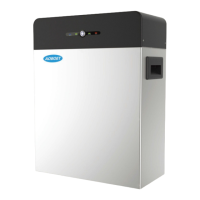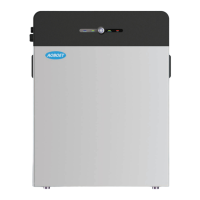Why can't I see battery information in the monitoring system for my AOBOET Battery Pack?
- TTiffany HernandezAug 2, 2025
If you cannot see the battery information in the monitoring system, it might be because the battery status is OFF. Please turn the battery ON and ensure that the WLAN is accessible for the battery.


